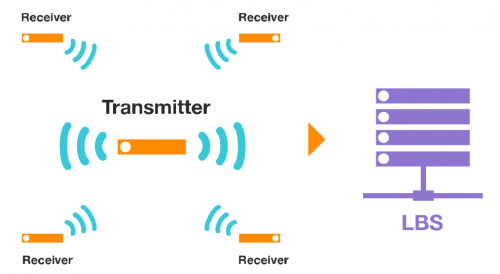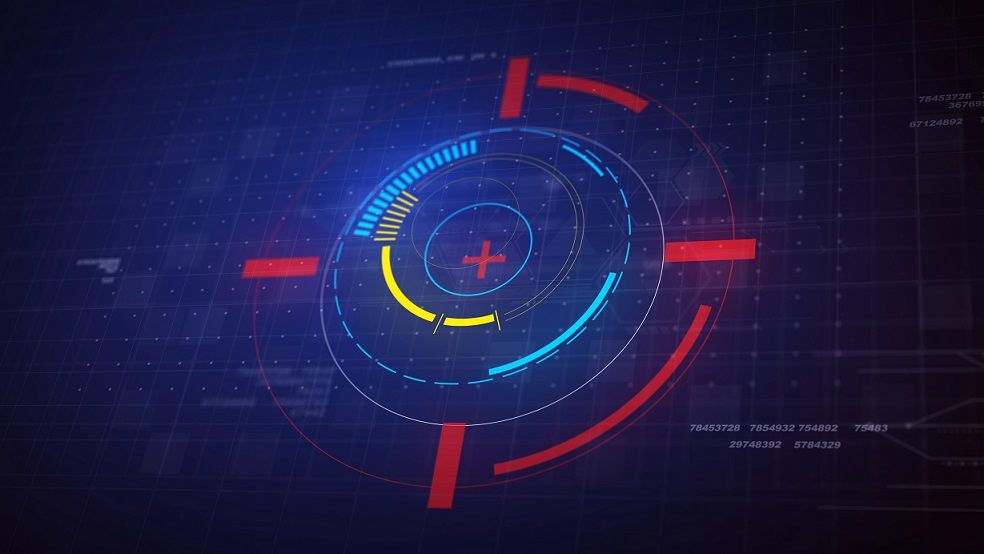UWB: Your Signal’s Flight Has Been Delayed
- Trends
- Article
Ultra Wideband (UWB) technology lets you localise objects with up to 30-cm precision, and for industrial localisation, it is currently seen as having the ideal price/performance ratio. In the world of real-time location services, you’ll hear these facts often. But you’ll hear much less about how not all UWB systems are the same. Three different algorithms – methods, if you will – are used for localisation. Yet all three work with the time a transmitted signal needs to reach another device.
The first method is Time of Arrival (ToA), also called Time of Flight (ToF). Precise locations are determined based on the time from a signal’s transmission by a tag to its reception by an anchor. Round Trip Time (RTT), which measures the time “there and back”, works similarly. Time Difference of Arrival (TDoA) is the last variant. It places tight demands on devices’ clock synchronisation because it localises based on the differing times at the moments of a signal’s transmission by a tag and its reception by an anchor.

Anchor, Source: Sewio
Time Difference of Arrival vs Time of Flight
Since UWB has been in widespread use only briefly (though its first official use was back in 1901, when Guglielmo Marconi used it to send Morse code over the Atlantic), its terminology is still in flux. For example, some manufacturers also use “ToF” to describe methods we’ve described as RTT. For clarity, we will stick to the usual designation. What, then, are the core differences between TDoA and ToF?
TDoA has stricter hardware demands because the anchors must be fully synchronised nonstop. This makes its anchors somewhat more expensive than for ToF (a few dozen percent). The main challenge is spreading the synchronisation signal among anchors. It can only be as fast as the speed of light. One related difference is increased costs for an implementation’s installation compared to ToF, because synchronisation and calibration are more demanding for TDoA.
Since ToF tracks a signal along its path “there and back” (and additionally the tag must send information to an anchor = a third path), fewer tags can be localised with it. If you’re considering a solution for raising your tracked-object count, TDoA is the surest choice. The above also means that tags’ battery life is the highest for TDoA.

Location Based Services scheme. Source: Aimtec
So as not to turn away those who seek compromise-free solutions (which can seem near-impossible in the real world), we have some good news in closing. Methods that combine the benefits of TDoA and ToF are currently in testing. We’ll have to wait a while for results and detailed information, however.
Share article
Top stories from logistics, production and IT.
Subscribe to Aimtec Insights
By registering, you agree to the processing of your personal data by Aimtec as described in the Privacy policy.
Get top stories and articles
from Logistics, Production and IT.
Subscribe to Aimtec Insights
By registering, you agree to the processing of your personal data by Aimtec as described in the Privacy policy.







